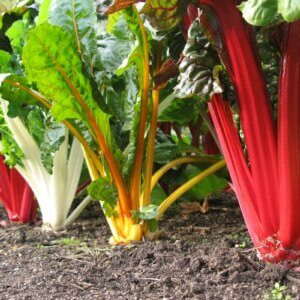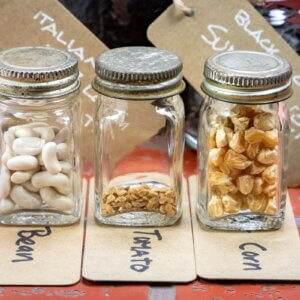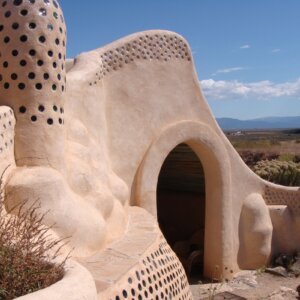“A rose is a rose is a rose,” I muttered as I worked through my herb garden. “Unless, of course, it’s St. Benedict’s herb.”
The shady perennial plant from the rose family (Rosaceae) has many names: Geum urbanum, Wood or City Avens, Herb Bennet, Colewort, Blessed herb, Goldy, Star of the Earth, and the one I prefer, St. Benedict’s herb.
It’s a very versatile plant blooming from May through August with scented flowers that bees love. It’s used in foods, ale, and medicines. But the folklore surrounding this plant intrigues me the most.
“Why are you nurturing St. Benedict’s herb?” asked a friend.
I answered simply, “To ward off evil spirits.”
“You mean like your neighbors?”
“I can only hope.”
I don’t seem to have the best luck with neighbors, but I own about an acre of property, so I can barricade myself in the garden and ignore what goes on beyond.
When I moved to the country, I transplanted all the rose bushes inherited from my mother’s garden years earlier. Of the dozen rose bushes, only two survived. I guess country living didn’t suit. However, with great delight, I noticed a rose wannabe growing in part of my garden: St. Benedict’s herb. Lucky me! While my two surviving rose bushes continue to thrive marginally, the St. Benedict’s herb prospers.
St. Benedict’s Herb Characteristics
It doesn’t look like a rose, even though it’s part of the rose family. And unlike roses, it enjoys shady environments like our wooded lot. That’s perhaps what my mother’s roses didn’t like — all the shade.
The plant itself looks more like a strawberry plant than a rose bush. The dark green leaves are shaped like strawberry leaves, though they are long, narrow, and grow in a rosette (their main similarity to a rose).
Related Post: The Hosta Plant
The stem is thin and wiry, growing up to 2 feet in height, while the top of the stem has a 3-petaled terminal leaf with smaller single leaves that get smaller toward the base. Interestingly, the leaves vary in form, depending on where the plant grows and where the leaves are on the stem. The flowers are bright yellow with five petals.
The only other similarity to my roses is the fragrant aroma. I miss my scented rose bushes, but St. Benedict’s herb does have a poignant scent if you care to dig down to the roots. Washed clean of the mud, the roots have a distinctive clove scent.
Related Post: 6 Reasons Why I Chose Clover as a Living Mulch
The roots even taste like cloves, and the taste intensifies with the drying process. Like rose petals, the roots of St. Benedict’s herb were once used to mask unpleasant body smells from unwashed clothes. It also works well as a moth deterrent.
The leaves are best collected when the plant is young. They taste good in salads and stews and can be deep-fried, puffing up like crackers in the process.
St. Benedict’s herb has multiple medicinal uses. Herbalists use it, usually in the form of tea made from the leaves, to treat poison, dog bites, liver disease, gout, diarrhea, heart disease, and ulcers.
The plant propagates well on its own. The seeds are annoying burrs that attach themselves to socks and pant legs. My dog comes back covered in the burrs after a walk through the wooded area. I guess you could say the clingy burrs are another similarity to my roses as the prickly rose branches cling to my clothes when I work around them.
An interesting plant and a delight to include in my wooded herb garden. A rose … which really isn’t.










































Leave a Reply